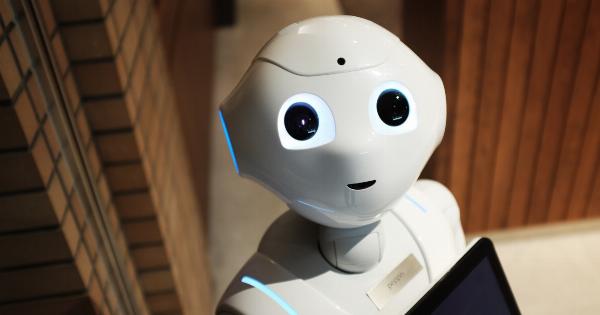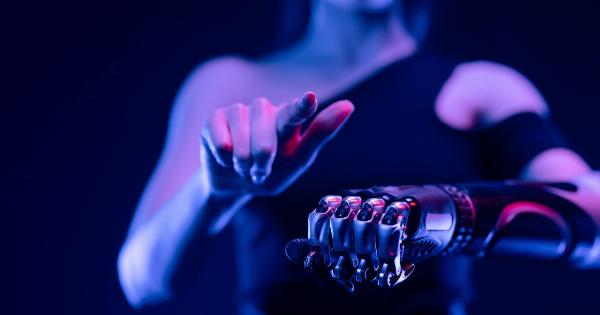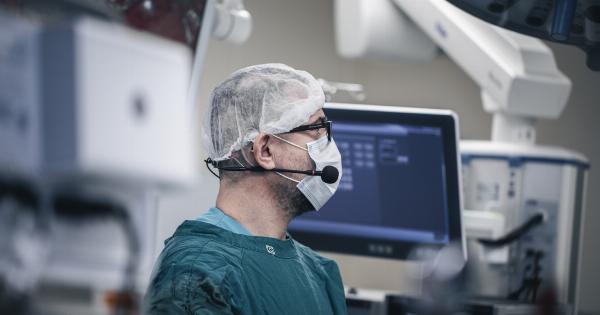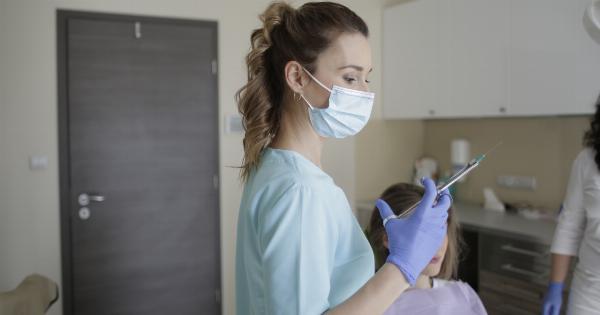Advancements in science and technology have allowed researchers to delve deeper into understanding the intricacies of early developmental stages.
Recently, a groundbreaking invention has emerged in the field of developmental biology – an artificial embryo that mimics the early stages of embryogenesis. This revolutionary creation has immense potential in various research fields, including a better understanding of human development, disease modeling, and regenerative medicine.
The Birth of an Artificial Embryo
The artificial embryo, also known as a “blastoid,” is an artificially created structure that bears a striking resemblance to the early blastocyst stage of embryogenesis.
Scientists achieved this feat by meticulously analyzing the processes that occur during the natural development of an embryo, and then replicating them using a combination of different techniques, including stem cell technology, 3D printing, and tissue engineering.
Mimicking Early Developmental Processes
Creating an artificial embryo involves the precise orchestration of several critical cellular and molecular events that occur during early development.
One of the key aspects is the successful generation and manipulation of stem cells, which possess the remarkable ability to differentiate into various cell types. By guiding the differentiation of these stem cells, researchers are able to recreate the diverse cell population found in natural embryos.
The second crucial factor is the self-organization and morphogenesis of cells into spatially distinct structures, such as the formation of an outer layer of cells enclosing an inner cavity.
This process, known as gastrulation, plays a vital role in laying the foundation for organ formation. Through careful manipulation of cell signaling pathways, scientists have been able to induce this self-organizing behavior in artificial embryos, resulting in the formation of structures that closely resemble early-stage embryos.
Applications in Research
Artificial embryos hold tremendous promise in advancing our understanding of human development and disease progression. They serve as invaluable tools for studying the impact of genetic mutations and environmental factors during early embryonic stages.
By creating artificial embryos using stem cells derived from patients with genetic disorders, researchers can observe and analyze the defects that arise, shedding light on the underlying mechanisms and potentially leading to the development of therapeutic strategies.
Additionally, artificial embryos provide a platform for investigating the causes and processes behind pregnancy complications, such as miscarriages and implantation failures.
By simulating these conditions in artificial systems, researchers can gain insights into the factors contributing to such issues and explore potential interventions.
Implications for Healthcare
The artificial embryo technology also has significant implications for the field of regenerative medicine. Stem cells derived from artificial embryos can potentially be used for tissue repair and organ regeneration.
By guiding the differentiation of these cells into specific cell types, scientists may be able to address the shortage of organs for transplantation and develop personalized therapies for patients.
Moreover, artificial embryos may pave the way for more efficient drug screening and evaluation. Current drug testing processes often rely on animal models or simplified in vitro systems, which do not fully capture the complexity of human development.
Artificial embryos, on the other hand, closely mimic human embryogenesis and provide a more reliable model for studying drug effects, potentially leading to safer and more effective medications.
Ethical Considerations
As with any technological breakthrough, the emergence of artificial embryos also raises ethical concerns.
The boundary between the artificial and natural is blurred, prompting discussions about the moral implications of creating artificial entities that closely resemble human embryos. Striking a balance between scientific progress and ethical considerations remains a critical debate that requires careful examination and regulation.
The Future of Artificial Embryos
Despite the ethical considerations, the potential applications and benefits offered by artificial embryos cannot be overlooked.
Continued research and advancements in this field have the potential to revolutionize various aspects of medicine and biology. From a deeper understanding of human development to personalized regenerative therapies, artificial embryos offer exciting possibilities for the future.
In conclusion, the creation of artificial embryos represents a remarkable milestone in developmental biology.
These artificial structures, mimicking early developmental stages, provide invaluable tools for studying human development, disease modeling, and regenerative medicine. While we navigate the ethical landscape surrounding this innovation, the potential applications and benefits it offers cannot be denied. The future of artificial embryos holds great promise in advancing scientific knowledge and improving healthcare.




























